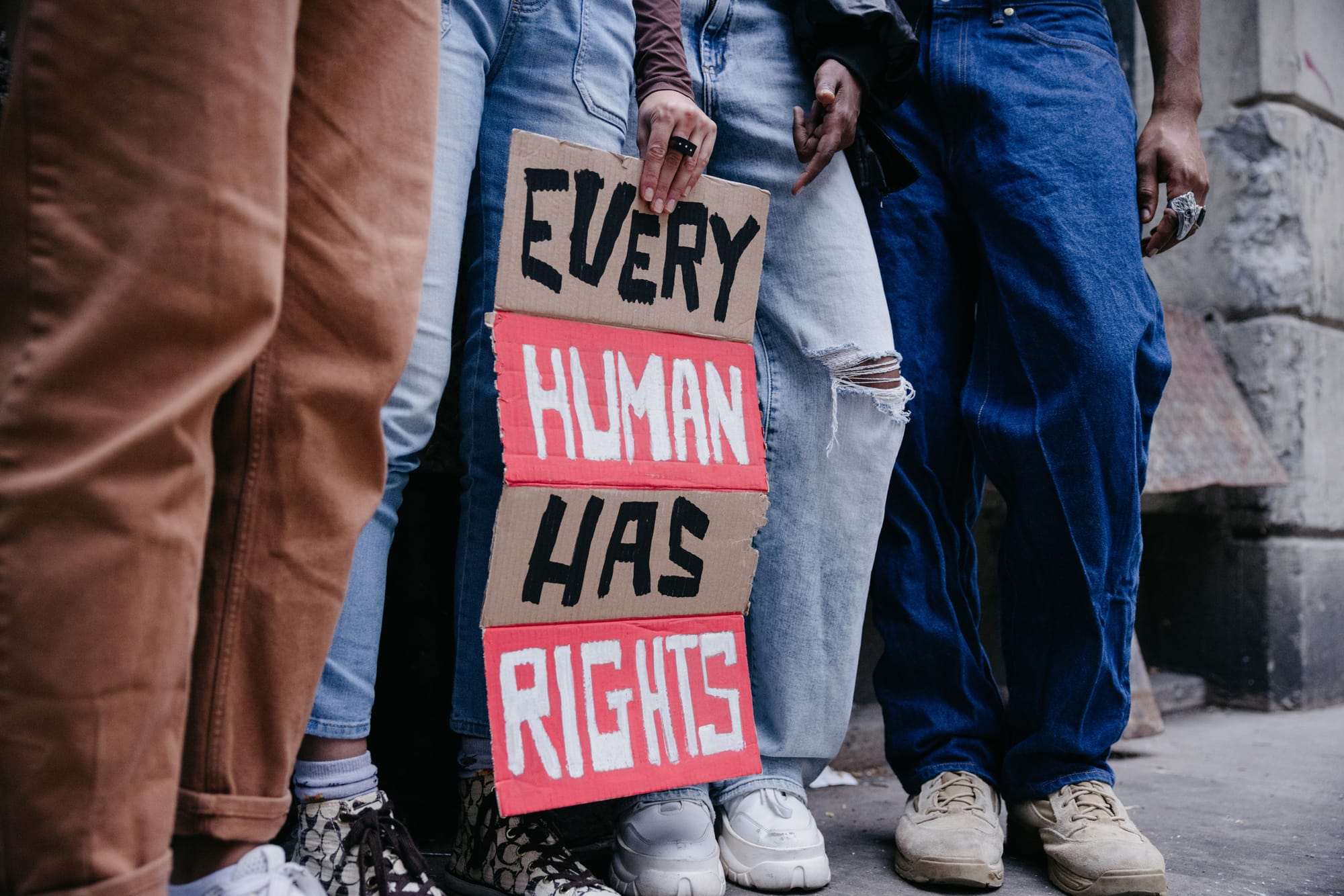
In January 2020, Veronica Nelson, a proud Gunditjmara, Dja Wurrung, Wiradjuri and Yorta Yorta woman, died in the custody of the state of Victoria, having been refused bail for relatively minor non-violent offences.
In July 2021, XY, a proud young Wemba Wemba woman, died under the care of the Victorian Department of Families, Fairness, and Housing (DFFH) while living in a residential care unit. XY was just 17 years old at the time of her death, and had been removed from her family in 2013 by child protection services.
🧵1/2 Today the Supreme Court of Victoria dismissed an appeal by Dr Sean Runacres against three findings made by Coroner McGregor in the Coronial Inquest into the Passing of Veronica Nelson.
Read the full media release: https://t.co/GJZem0xnHN@robinson_gill @AliBesiroglu_ pic.twitter.com/yif2vhypLC— Victorian Aboriginal Legal Service (@thevalsmob) June 11, 2024
Both cases reflect systemic failings in the care of these two vulnerable people – systemic failings that resulted from a failure to protect, respect, and fulfil their human rights, and led to their deaths.
In each case, the coroner made significant findings of human rights breaches and deficiencies in the way in which public authorities protect people’s human rights.
With the Parliamentary Joint Committee on Human Rights last month recommending that the Commonwealth Parliament enact a federal Human Rights Act, these cases provide an important demonstration of why human rights matter, and why specific laws protecting human rights are necessary across Australia.
Why was the coroner involved?
The coroner has responsibility for investigating “reportable deaths”:
- Violent, unnatural or unexpected deaths
- Accidents or injury-related deaths
- Deaths where the person’s identity is unknown
- Deaths where the cause of death is unknown
- Deaths in healthcare facilities or during or after a medical procedure
- Deaths in care or custody, including people in inpatient mental health facilities, in police or corrective custody, or otherwise in care such as out-of-home care.
When investigating a death, it’s the responsibility of a coroner to find the identity of the deceased individual and the cause of death. In addition, the coroner is empowered to make recommendations to the government or other public authority concerning the death, including recommendations relating to public health and safety or the administration of justice.
The role of human rights in the work of the coroner
The Charter of Human Rights and Responsibilities Act 2006 (Vic) (Charter) sets out the human rights that are recognised in Victorian law and that are respected, protected and fulfilled through the requirement that other laws be interpreted compatibly with those rights, and that public authorities both act compatibly with those rights and give proper consideration with human rights when making decisions.
The charter is relevant to the work of the Coroners Court of Victoria in three ways:
- The charter applies to the Coroners Court itself
- The charter applies to other public authorities
- Charter rights may be engaged by the facts within the scope of the Inquest.
In his findings into the death of XY, Coroner Simon McGregor also carefully articulated that when “considering whether a death is preventable, it is useful to have the human rights of the person in mind”, particularly as these “may identify future prevention opportunities”.
In particular, the coroner ought to consider:
- Whether one or more of the person’s human rights were engaged during the interactions that the person had with the state
- If so, whether those rights were limited by the state during these interactions
- If so, whether the limitations are reasonable and can be demonstrably justified
- Whether alternative practices and procedures are available that more effectively balanced the right, and the limit on that right, including opportunities for prevention.
How were human rights engaged in these cases?
Veronica Nelson’s death occurred while she was in custody. Coroner McGregor identified six human rights that were engaged by the circumstances surrounding her death, and with which prison authorities were required to act compatibly, as a public authority.
These included Veronica’s right to life and right not to be arbitrarily deprived of her right, her right to humane treatment when deprived of liberty, and her cultural rights as a First Nations person, which required assessment of “the cultural competence of those who interacted with her proximate to her passing, especially whether the treatment and care she received was culturally safe”.

The coroner’s findings and recommendations in this case acknowledged the over-representation of First Nations people in the criminal justice system (particularly in custody), the failure of the criminal justice system to respond in a culturally safe way to the needs of First Nations people, and the over-representation of First Nations people in deaths in custody.
Wide-ranging recommendations were made for improvement of responses within the criminal justice system, and recommendations for the parliament to amend the Bail Act because of its impact on people’s human rights.
As XY was in out-of-home care at the time of her death, those providing her care were similarly required to consider and act compatibly with her human rights as a public authority.
Coroner McGregor found that XY’s rights as a child and cultural rights as a young Wemba Wemba woman were each engaged in the facts of her death.
Six months prior to her death, XY wrote a handwritten note to child protection services, pleading for the “support that a young Aboriginal female should be provided … This is a human right”, and stating that she “would like support … connecting with my Aboriginal heritage, Elders and community”.
For Coroner McGregor, it was very clear that:
“... XY had a voice, and it was articulate. Sadly it was not heard in time.”
The coroner’s findings make for sobering reading, and reveal systemic issues in the child protection system, including racism and the inadequate consideration of cultural safety, which prevented XY from receiving adequate care.
The coroner found that the DFFH’s “lack of action in pursuit of, and lack of documented consideration of XY’s voiced care goals, unjustifiably breached her human rights”.
It was not enough merely to give XY the opportunity to express her views; those views must also have been meaningfully engaged with.
The coroner made significant recommendations because of these failings, including the transfer of all Aboriginal and Torres Strait Islander children in state care to the care of an Aboriginal Community-Controlled Organisation, as previously recommended by the Yoorrook Justice Commission.
What difference does protecting human rights in law make?
In each of these cases, the human rights recognised in the Victorian charter enabled the coroner to consider the systemic issues surrounding the individual’s death, and provided a concrete legal basis to make recommendations for large-scale changes to practice and procedure to prevent other deaths in the future.
In each case, it enabled large-scale failings in the protection of individuals’ human rights to be uncovered, particularly the rights of these individuals as First Nations people.
Ensuring that similar laws are enacted across Australia, including in a federal Human Rights Act, would mean comprehensive human rights protections for vulnerable groups, and allow all people to flourish in freedom, equality and dignity.
This article is part of the Castan Centre for Human Rights Law’s ongoing research into an Australian Human Rights Act, and forms part of the research under the Australian Research Council-funded project Real-time Rights-based Recordkeeping Governance.





